|
Hello again and welcome to the second unraveling of the mysteries that surround my ongoing homage to the Doors. In this episode I discuss how I took on the task of interpreting The Unknown Soldier. This was the third piece I worked on for the album, taking about three weeks to complete during March, 2019. I chose this song for my homage because it always impressed me as being one of the most powerful anti-war anthems of the Vietnam era. The lyrics apply not only to the Vietnam-US conflict, but to the sad plight of soldiers who fight in any and all wars. The way that the Doors performed the song onstage was impressively dramatic: Krieger would literally "shoot" his guitar at Morrison, who would thump hard to the stage to mimic having his life torn out by a large caliber bullet. I myself worked as a professional activist off and on for the better part of twelve years during the 1980's and 1990's, and the US military was often the focus of the campaigns I allied myself with. Over the course of 40 or so years, I have performed and recorded lots of music that has addressed the subject of war, particularly the wars that my own USA has been involved in. This issue is quite timely right now, as twenty US veterans per day currently are taking their own lives, and the USA is now threatening to extend its military aggression into Venezuela and Iran. In my previous post, I discussed a lot of the techniques which I also employed in the production of my Unknown Soldier, so I won't be detailing all of those again. As I mentioned in that last post, all of my recordings have their own unique quirks, so I still have plenty to talk about here. Here's a list of some of the tools I used to create this piece: "The Doors Complete": a songbook produced by Warner Brothers in 1983 Computers: Windows XP, Windows 10 Software: Cool Edit Pro II, Audacity, Midisoft MIDI Scorewriter, Windows Media Player, Roxio 2011 Sound Recorder, Several Plug-In Audio Sound Effects Fender "Reflector" Stratocaster Electric Guitar (1990's Squire Model) Various Analog Foot Pedal Sound Effects For Guitar Korg R3 Vocoder/Synthesizer A few pre-recorded sounds from the online BBC Sound Effects Library My Voice A cheap, barebones, 4-channel, Radio Shack Mixer I started creating this piece by entering the notation from the songbook into my Midisoft Scorewriter. This bit of software was originally a stock program included with a 1995 Aptiva computer. I have never seen it offered anywhere else. It is a very intuitive program, much easier to use than other MIDI scorewriters that I have played with over the years. With a bit of tweaking, I got it to work with Windows 98, Windows 2000, and Windows Vista. It doesn't work with my Windows 10, however, so I now have it installed in a Windows XP laptop, where it works relatively well, although it does suffer some hiccups on occasion. This MIDI scorewriter has served as a backbone and supplement to many of my recordings over the years. The scorewriter provides composers with several choices of virtual instruments, options to transpose keys and tempos, the ability to cut and paste portions of individual tracks, the ability to pan and alter volumes of individual tracks - and all this data can be stored in tiny files that take up less than a megabyte of computer space each. This means that several variations of the same notes, each with a unique arrangement of accompanying sounds, can be created without me having to learn how to play several dozen musical instruments. Using this technology allowed me to arrange and orchestrate the notation for the first verse of my Unknown Soldier differently from the second verse/coda, helping me to build the momentum of the song toward a powerful ending. Next I recorded my vocals, employing similar techniques to those I used to produce my Moonlight Drive, but with some important differences. Unlike Moonlight Drive, The Unknown Soldier contains four very different "movements," so I made four individual vocal recordings to use as building blocks for my multi track mix. This meant I also needed to create multiple draft instrumental movements to sing along with in order to produce these individual vocal recordings. I basically broke the song down into: 1) the quiet intros to both the first and second verses 2) the first verse 3) the firing squad (no instruments back the vocals in this section, so no backing track needed) 4) the second verse/coda The most challenging part of this process was making a clear recording of the "Company Halt!, Present Arms!" firing squad bit. This part of the song needs to show off some harsh yelling, which is difficult to capture in a recording that isn't blistered by a buzz of distortion. Simply turning down the inputs from the microphones cuts out a lot of the "edge" of the vocals, so that approach was not an option. I ended up standing all the way across the room from the microphones to get the best results. Next came the recording of the Korg vocoder/synthesizer bits that "color" much of the song. I spent a few hours creating six individual raw recordings of the Korg, each focused around a unique arrangement of knob settings. I not only played along with draft instrumental recordings in this process, but I also explored the sound environments that I could create without any draft instrumental guides whatsoever. I then edited out a wide variety of audio "color" bits from these raw recordings to later add to my multi-track mix. I also wanted to spot some flashes of electronic guitar in my Unknown Soldier, so I jammed along with the draft instrumentals for a couple of hours in an attempt to develop a few uniquely fancy flourishes of the fingers. This was a particularly time-consuming process, involving various settings of my guitar sound effects, lots of trial-and-error in stringing together collections of notes, and a considerable amount of fancy footwork on the pedals. In the end, I produced three tiny guitar leads and a few power chords to add to the multi-track mix. Instead of assembling the multi-track mix around a single element of the song, as I had done with the acoustic guitar track in my Moonlight Drive, I sculpted my Unknown Soldier in a linear "start-to-finish" fashion. Of course, it was necessary to proceed in this manner, because the "movements" of The Unknown Soldier do not follow a universal rhythmic pattern, but instead, each movement has a pace all its own. Putting together such multi-track mixes requires a lot of trial and error to create just the right "flow" for a song. It also is my overall favorite process when creating recordings, because it is the point at which so many of my preconceived ideas for arranging sounds are actually executed, and I get to hear whether my preconceptions were successes or failures. Indeed, the trial-and-error multi-track sculpting process is the literal definition of "experimental music" - it's simply not easy for me to get bored when arranging and rearranging a bunch of unique sounds into one-of-a-kind orchestrations. In the case of my Unknown Soldier, I produced fifteen different multi- track mixes before I felt I had achieved my ultimate goal. The last mix, which is offered above, was created about a week after its predecessor, in order for me to tweak it with "fresh ears." I now wrap up this post in the hope that, once again, you readers out there have gotten a bit of entertainment from my convoluted verbiage (and, of course, from my recording as well). Yesterday I finished mixing the seventh of my Doors homage pieces. I will offer at least one more post about my composing techniques to the Electronic Cottage before my album is made public. Thanks again to you all for your attention.
12 Comments
Niniji
5/16/2019 01:29:31
great article! and great song (makes me want to go check out the original after this), and an even greater message to send to the world.
Reply
Jerry Kranitz
5/16/2019 04:01:53
Awesome Goff interpretation Charles! My favorite part is the ending War is Over movement, with upbeat whimsical music, tripped out guitar, effects, and vocals. Nice!!
Reply
Juan Angel Italiano
5/16/2019 09:31:27
Very good version! Powerful
Reply
Leslie Singer
5/16/2019 10:28:58
Charles, thank you so much for your 21st Century realization of one of the Doors' heaviest songs (I think in some ways heavier than The End because it is literally about the end, no abstraction here). I really hear the Brecht/Weill influence that the Doors carried so well coming through. Love the guitar and vocals, of course. And really appreciate your insights into the song, the anti-war movement, and the recording process. Can't wait to hear your new album when you "drop it" on us.
Reply
Jeremiah Paddock
5/16/2019 11:10:27
Really love this. I love reading about the processes artists take almost as much as love the music! Thanks for sharing an awesome song and article.
Reply
Rafael González
5/16/2019 14:33:04
Bravo Charles! This is great, like you! I
Reply
Chris Phinney
5/17/2019 00:27:30
Excellent Charles, reading & the track is superb, you as always my friend definitely give it justice!
Reply
Goff III
5/18/2019 11:31:00
A big bunch of thanks to everyone who read this post and listened to the recording -- I especially appreciate the positive feedback, gratitude to all. I am always skeptical of my skills as a "musician," but I've got all this junk in my brain that I need to get out, so it pleases me to know that there are people who genuinely enjoy spending a little time experiencing my unorthodox sonic arrangements and reading about my techniques.
Reply
5/21/2019 10:53:19
Swami,
Reply
Swami L.
5/22/2019 10:54:37
Your postive reinforcement brings smiles, Dave. Blending technology and technique is a process I know you're quite familiar with (not to mention inspiration), so your words mean a lot, thanks.
Reply
Aimee Naworal
5/22/2019 00:53:38
I like this just as much as your last one I really like reading and viewing the stages of recording and mastering. I was also intrigued by the doll hands on the squire.
Reply
CIII
5/22/2019 11:09:34
Glad this one brought you a smile, Aimee. Hope the next does likewise.
Reply
Leave a Reply. |
Swami LoopynandaI am one of the several alter-egos of Charles Rice Goff III. I am best known as a radio host, although I have had some of my reviews published here and there over the years, and have even been involved in occasional recording projects. Archives
June 2020
|
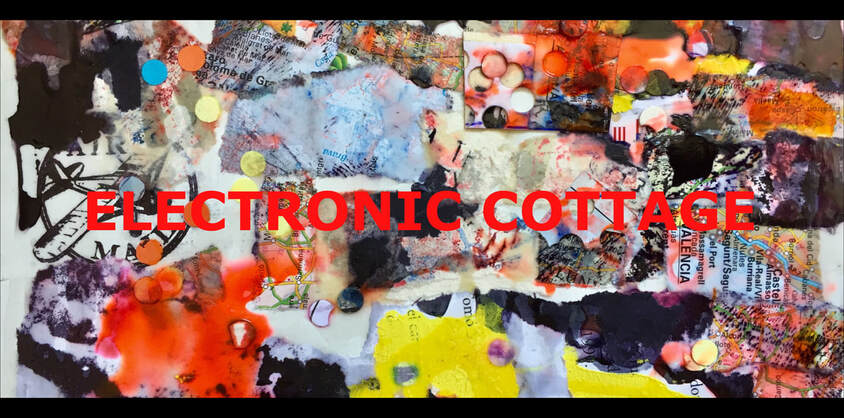
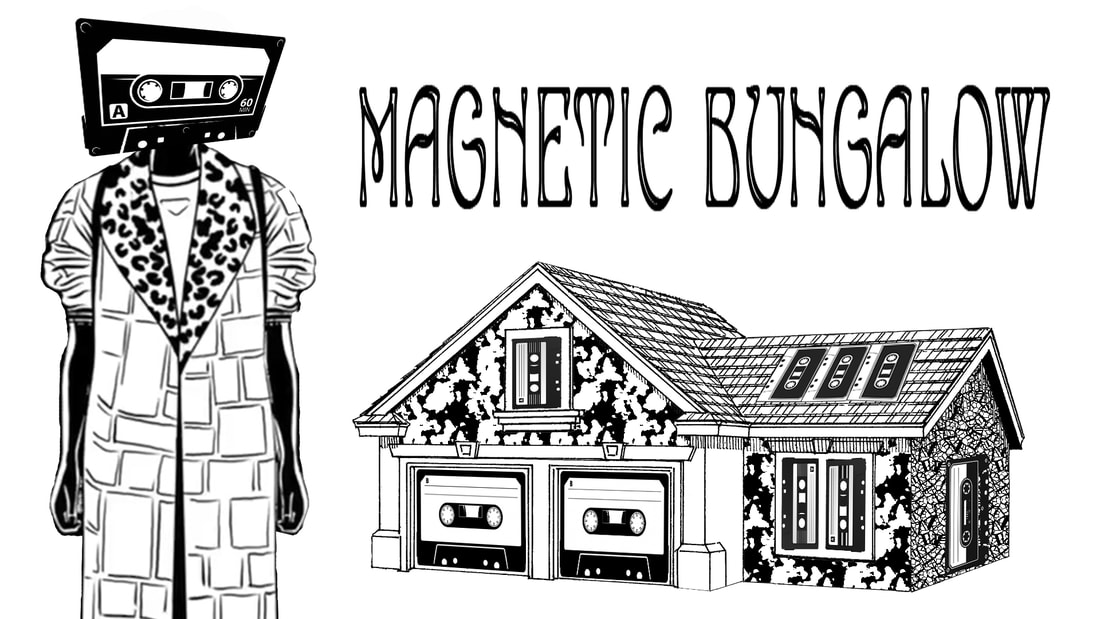
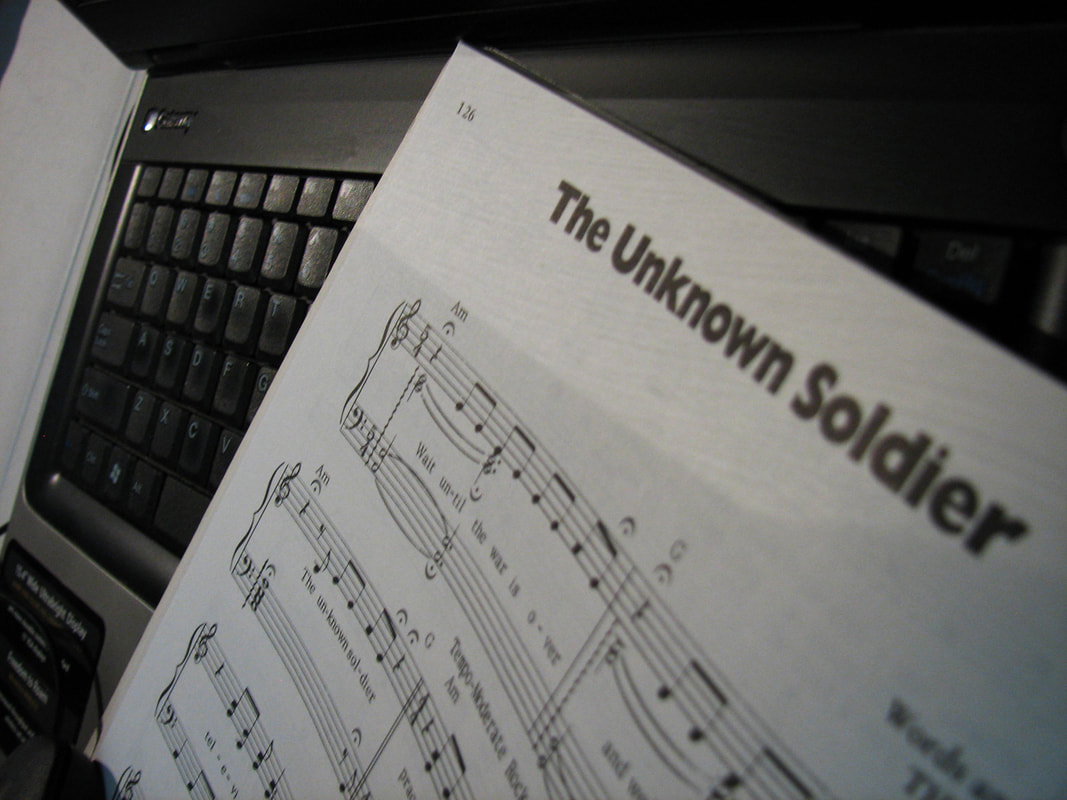
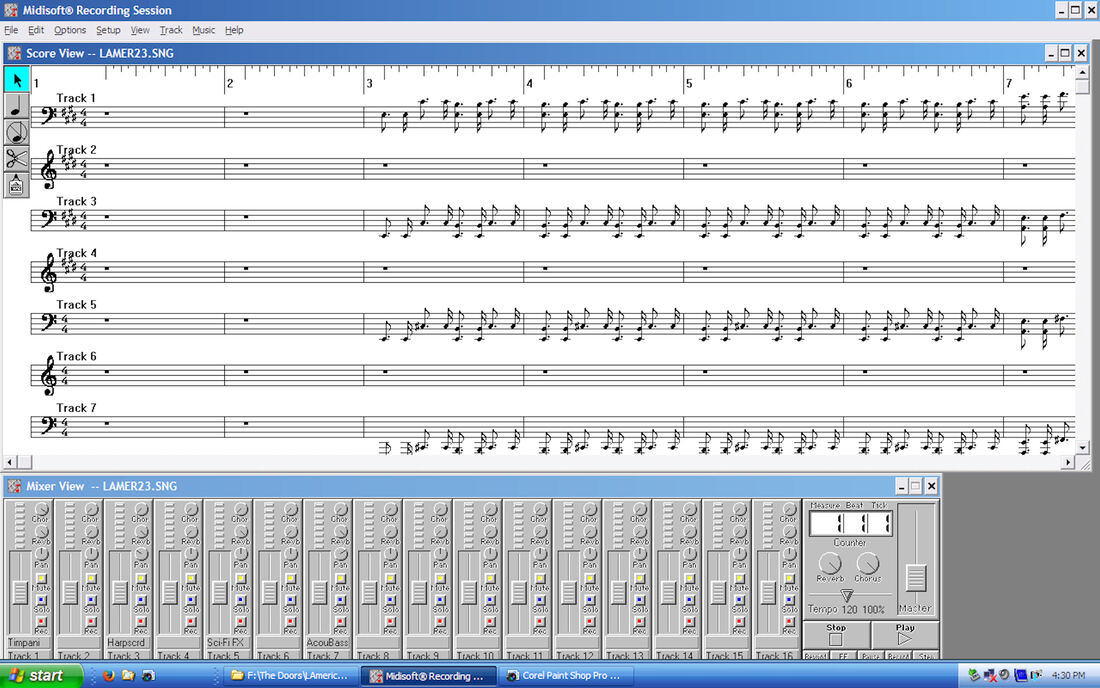
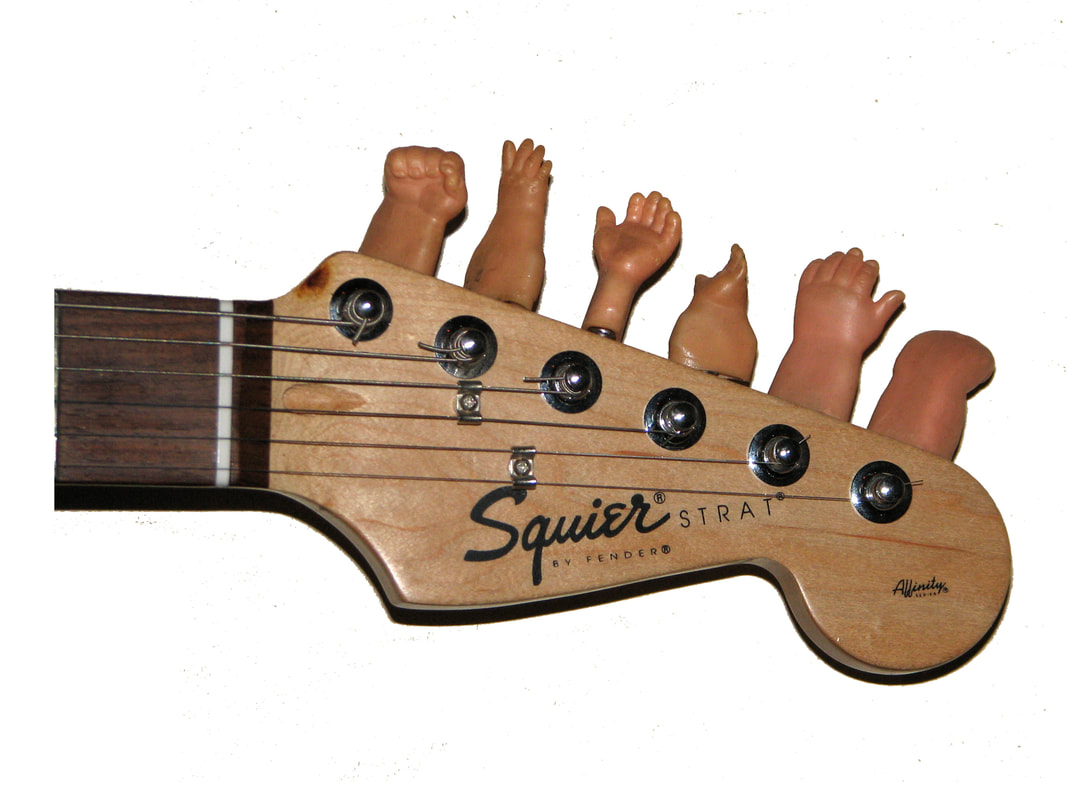
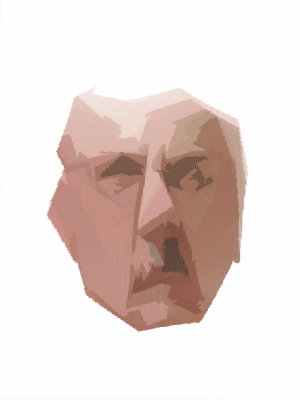
 RSS Feed
RSS Feed